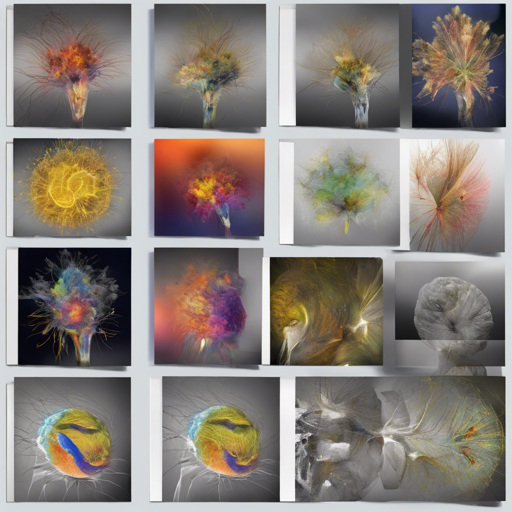In the realm of image classification, the CAIT-XXS36-384 model stands out as a robust and efficient choice. This blog post will guide you through utilizing this model effectively while addressing any potential hurdles you might face along the way. Let’s dive into the world of image classification with CAIT-XXS36-384 and explore its capabilities!
Understanding the CAIT-XXS36-384 Model
The CAIT-XXS36-384 model is part of a family of deep learning models designed for processing and analyzing images. Think of it as a highly trained detective, capable of sifting through endless images to identify and categorize various objects within them. Just as a detective employs various techniques to deduce information from clues, this model leverages complex algorithms to learn from data and make predictions based on what it has learned.
How to Get Started
Follow these steps to start working with the CAIT-XXS36-384 model:
- Install Required Libraries: Make sure you have Python and the necessary libraries installed. You will typically require timm, which houses the CAIT models.
- Load the Model: After installation, loading the model is straightforward. Use the following code snippet to do so:
import timm
model = timm.create_model('cait_xxs36_384', pretrained=True)Troubleshooting Common Issues
While using the CAIT-XXS36-384 model, you may encounter a few hurdles. Here are some common issues and their solutions:
- Installation Errors: If you face issues while installing timm or dependencies, try using a virtual environment to create an isolated workspace.
- Image Format Problems: Ensure that the images you are feeding to the model are in the correct format and size. Resizing your images to match the expected input dimensions (384×384 pixels) can resolve many problems.
- Prediction Accuracy: If the model’s predictions are not as expected, consider fine-tuning it with a custom dataset to improve accuracy.
For more insights, updates, or to collaborate on AI development projects, stay connected with fxis.ai.
Conclusion
The CAIT-XXS36-384 model is a powerful asset in the field of image classification. By following the guidelines in this article, you can efficiently utilize this model for your own projects. At fxis.ai, we believe that such advancements are crucial for the future of AI, as they enable more comprehensive and effective solutions. Our team is continually exploring new methodologies to push the envelope in artificial intelligence, ensuring that our clients benefit from the latest technological innovations.

